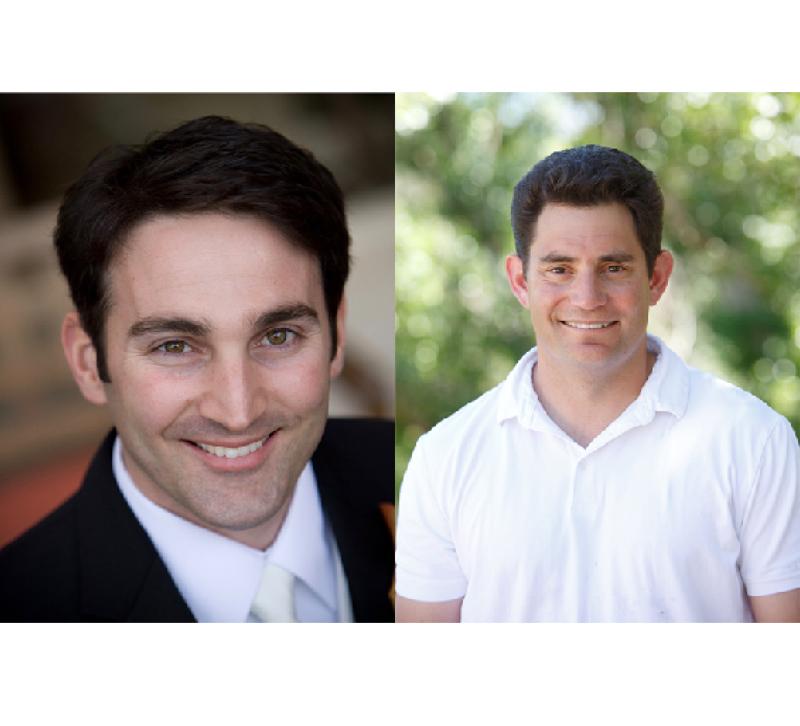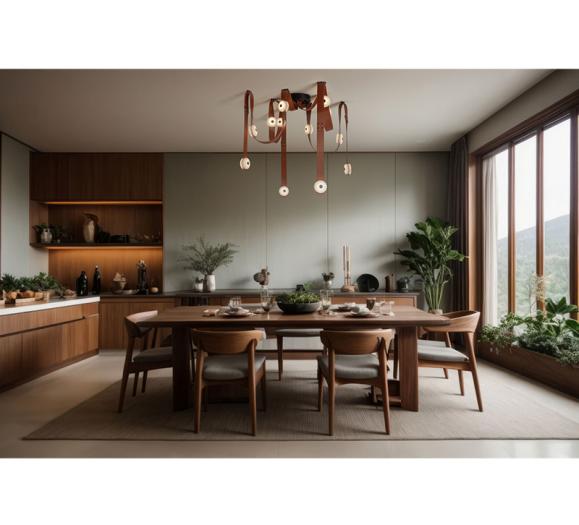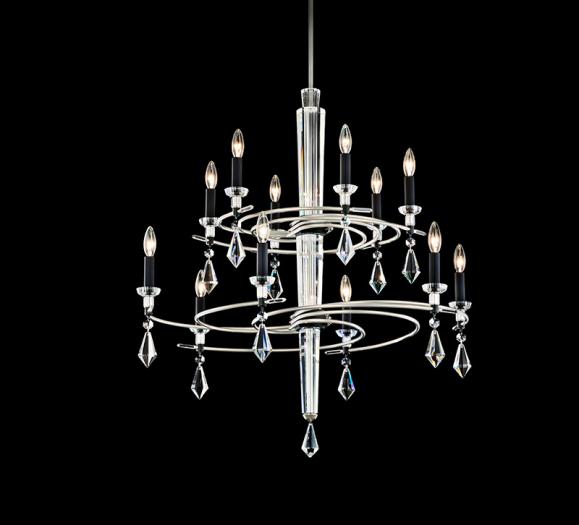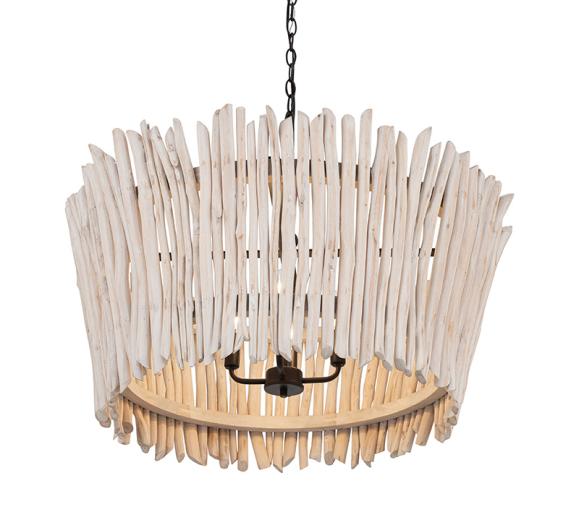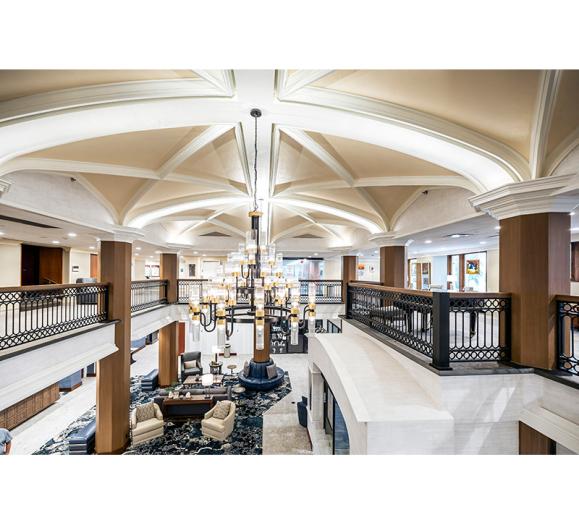Justice Design Group, a leader in ceramic decorative lighting, distinctive shade materials and contemporary products, is now privately owned and operated, having been acquired by Brandon Levin, President and CEO, and Robert Grant, Vice President of Sales and Marketing. Prior to the sale, Waveland Investments owned a majority stake in the company. Financial terms of the deal were not disclosed.
Known for ceramic decorative lighting, a semi-customizable line of specialty shade materials and contemporary styles for residential, hospitality and commercial settings, Justice Design (www.jdg.com) offers a unique program through its comprehensive Form + Finish + Function line with more than 275 different hand-crafted ceramic shapes, more than 40 finishes, and a variety of lamping options (including LED). Artisan fixtures are created in Los Angeles.
“We are incredibly excited about this next chapter for Justice Design Group,” says Levin. “Given recent developments in the industry, we recognized that in order to best serve our customers and specifiers, we needed to have more control over Justice Design Group’s business operations and strategy. We are driven to not only grow our business and offer distinctive product, but also to offer second-to-none customer service. Our new ownership structure will enable us to grow the company and serve our customers in exciting new ways.”
According to the executives, Justice Design Group will continue to offer distinctive, high-quality decorative lighting fixtures and the company has already begun investing in improving operations to better serve its customers and specifiers. In terms of product and marketing, the company launched new, contemporary ceramic fixtures at Lightovation along with its 2019 Form+Finish+Function Supplement in recent months and released the In Focus catalog which features fixtures in a contemporary layout. The team has also begun planning for a broad product introduction in 2020, including a new box-in, box-out program of contemporary fixtures.
Among the many moves, the company has sought to limit tariff-related price increases to an average of only 2 percent, while managing to reduce the prices of many its items. Staff has also been added to the operations department to improve inventory and lead-time efficiencies.



